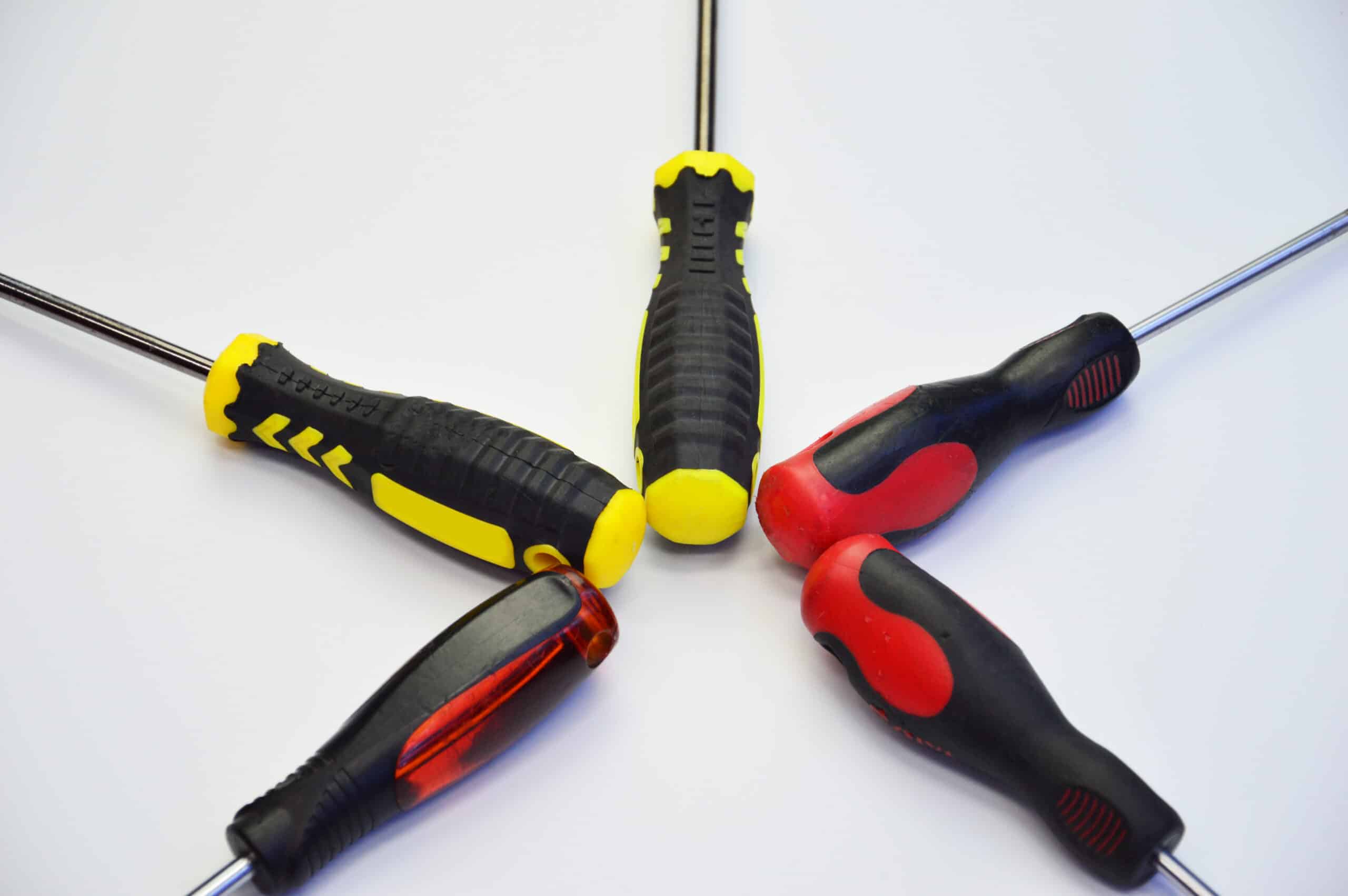When was the screwdriver invented?
Key Takeaways
- The screwdriver originated in the late Middle Ages, possibly in Germany or France.
- The earliest documented screwdrivers had pear-shaped handles and were specifically designed for slotted screws.
- Advancements in manufacturing techniques and the introduction of new screw designs led to the refinement and diversification of the screwdriver, making it an essential tool in various industries.
The invention of the screwdriver is an interesting topic that has been debated by historians and experts for many years. While there is some discrepancy in the exact timeline, it is generally agreed upon that the screwdriver originated in the late Middle Ages, possibly in Germany or France.
The earliest documented screwdrivers had pear-shaped handles and were specifically designed for slotted screws. These early screwdrivers were mentioned in the medieval Housebook of Wolfegg Castle, a manuscript written between 1475 and 1490, providing evidence of their existence during that time.
However, it is worth noting that similar devices may have been used earlier on a smaller scale with armor and flintlock firearms. These early prototypes laid the foundation for the development of the screwdriver as we know it today.
During the late 15th century, the screwdriver gradually gained popularity, albeit inconspicuously. The tool’s original names in German and French were Schraubenzieher and tournevis, respectively. Its usage was closely tied to the presence of screws, and evidence of its existence throughout the next 300 years was primarily based on the prevalence of screws themselves.
It took several advancements in manufacturing techniques to make screws more affordable and accessible, leading to the refinement and diversification of the screwdriver. In the late 18th century, the first simple screwdriver, known as the flat-bladed bit, was invented. This precursor to the handheld screwdriver was designed for use with a carpenter’s brace and was patented in 1744.
After 1800, handheld screwdrivers started to appear, marking a significant milestone in the evolution of the tool. With the advent of low-cost manufacturing techniques for screws, the screwdriver became more popular and widespread.
In the 20th century, further innovations in screw design and driver compatibility occurred. The introduction of socket-head screws and Phillips screws revolutionized the industry. The Phillips head screwdriver, invented in the early 1930s by Oregon businessman Henry Phillips, became compatible with automated screwdrivers used in assembly lines, greatly enhancing efficiency and productivity.
Since then, other types of screwdrivers, such as the square-drive screw invented by P.L. Robertson and the Torx driver introduced in 1967, have been developed to meet specific needs and prevent driver slippage.
Conclusion
The invention of the screwdriver can be traced back to the late Middle Ages, with evidence of its existence dating back to the 15th century. While there are different theories regarding the exact origin and timeline, it is clear that the screwdriver has undergone significant developments over the centuries, enabling it to become an essential tool in various industries.
Related Websites:
FAQs:
Q: When was the screwdriver invented?
The screwdriver was invented during the emergence of screws and their widespread use in various applications. The exact timeline of its invention is unclear, but early screwdriver-like tools were used to tighten screws in ancient civilizations.
Q: What are the key inventors behind the development of the screwdriver?
While specific names may not be mentioned, there were key inventors who contributed to the development of the screwdriver. Their inventions played a crucial role in the emergence of a standardized screwhead and the need for a specific tool.
Q: How did the screwdriver design evolve and improve over time?
The screwdriver design evolved and improved over time due to factors such as early screwdriver production materials, the first patents related to screwdrivers, and the influence of various industries. These advancements led to the popularization and widespread use of screwdrivers.
Q: What impact do screwdrivers have on industries and household tasks?
Screwdrivers have had a significant impact on various industries, particularly in manufacturing and assembly processes. They are essential tools for household tasks and DIY projects, making tasks like furniture assembly and repairs much easier.
Q: Why should readers explore the history of other tools?
Understanding the history of tools, including the screwdriver, provides insights into the evolution of technology and human ingenuity. Exploring the history of other tools can broaden knowledge about the development and significance of various inventions.





